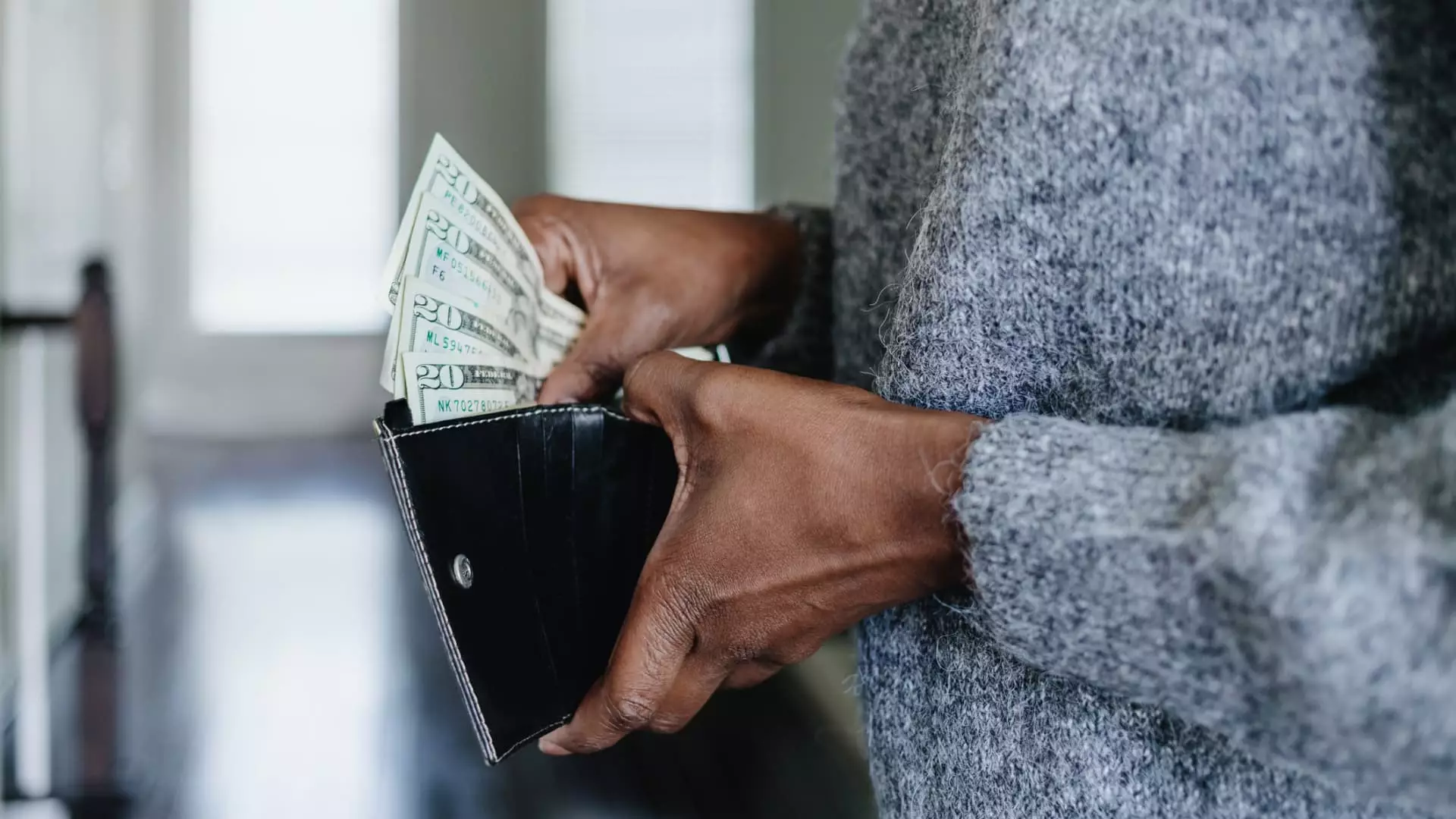American consumer behavior has undergone a striking transformation over the past year. Once characterized by the exuberant splurges of “revenge spending”—a post-pandemic attempt to reclaim lost experiences and comforts—households are now pulling back decisively. This pendulum swing towards elevated saving rates reflects more than just prudence; it signals pervasive anxiety about the economic future. The personal saving rate in the U.S., which had lingered in historically low territory during the recovery’s heady early days, suddenly surged to 4.9% in April 2025 before slightly retreating to 4.5% in May. While these might seem like modest figures compared to previous decades, the growth trajectory is what matters. For a consumer culture heavily reliant on credit and instant gratification, this shrinking appetite for discretionary spending is profound.
The Economic and Psychological Underpinnings of “Revenge Saving”
Financial experts liken this newfound cautiousness to a kind of “revenge saving”—a deliberate effort by consumers to rebuild their financial safety nets following years of uncertainty. What’s fueling this? The answer is a tangle of legitimate fears: unpredictable tariff policies, stubborn inflation, and persistent interest rates that defy hopes for a swift return to cheap borrowing. Beyond these technical factors, social anxiety plays a strong role. Concerns about geopolitical tensions and social unrest compound the unease, pushing Americans to prioritize liquidity over luxury. This mass behavioral shift is also digitally magnified, with “no buy” challenges trending on platforms like TikTok and Reddit, channeling collective anxiety into public pledges for fiscal restraint. The astonishing part isn’t just the rise in saving but how deeply embedded these attitudes have become in everyday consciousness—workers now spend nearly seven hours per week fretting over finances.
Prudent or Paralyzing? The Double-Edged Sword of High Savings
While rebuilding emergency funds is undeniably sound advice—experts recommend three to six months of expenses, or even more for those in precarious jobs—the social accumulation of caution can also be a drag on economic momentum. When millions tighten their belts simultaneously, aggregate demand weakens, which risks tipping the economy into a slowdown or even a mild recession. This is the paradox of thrifty behavior: good for individual stability but potentially harmful if it curtails consumption so drastically that businesses feel the pinch. It’s important to remember that America’s economic engine runs largely on consumer spending, which accounts for roughly two-thirds of GDP. If “revenge saving” becomes the new default, policymakers will have to grapple with balancing financial resilience and fiscal vitality.
The Rise of Retirement Planning Amid Uncertainty
Alongside increased emergency savings, Americans are also aggressively ramping up contributions to their retirement accounts, with 401(k) contribution rates hitting record highs of 9.5%. The proliferation of automatic enrollment and escalation features in employer-sponsored plans has lowered participation friction, effectively nudging workers to secure their futures. This trend is heartening because it not only bolsters individual retirement security but also reduces the likelihood that older Americans will depend on public assistance programs. Yet again, this shift reflects a collective sense of apprehension; workers are saving more not only out of optimism but from a defensive stance against potential shocks down the road.
Redefining Financial Wellbeing in a Complex Era
The increased focus on saving underlines a broader redefinition of what “financial wellbeing” means today. It’s no longer about simply earning and spending but about cultivating resilience in the face of relentless uncertainty. This sociological pivot encourages a healthier respect for financial planning, but also spotlights the psychological toll of economic insecurity. When workers are spending almost as much time worrying as working, it signals a societal stressor that can’t be ignored. Financial literacy programs and employer support systems will be crucial in helping Americans channel their anxieties productively without retreating into austerity that could harm the broader economy.
This moment of recalibration is a critical inflection point for America. It reveals a population caught between hope for economic recovery and caution bred from recent upheavals—a balancing act that requires savvy policymaking and compassionate financial advice alike. Embracing saving without slipping into paralyzing fear is the challenge of our times.

